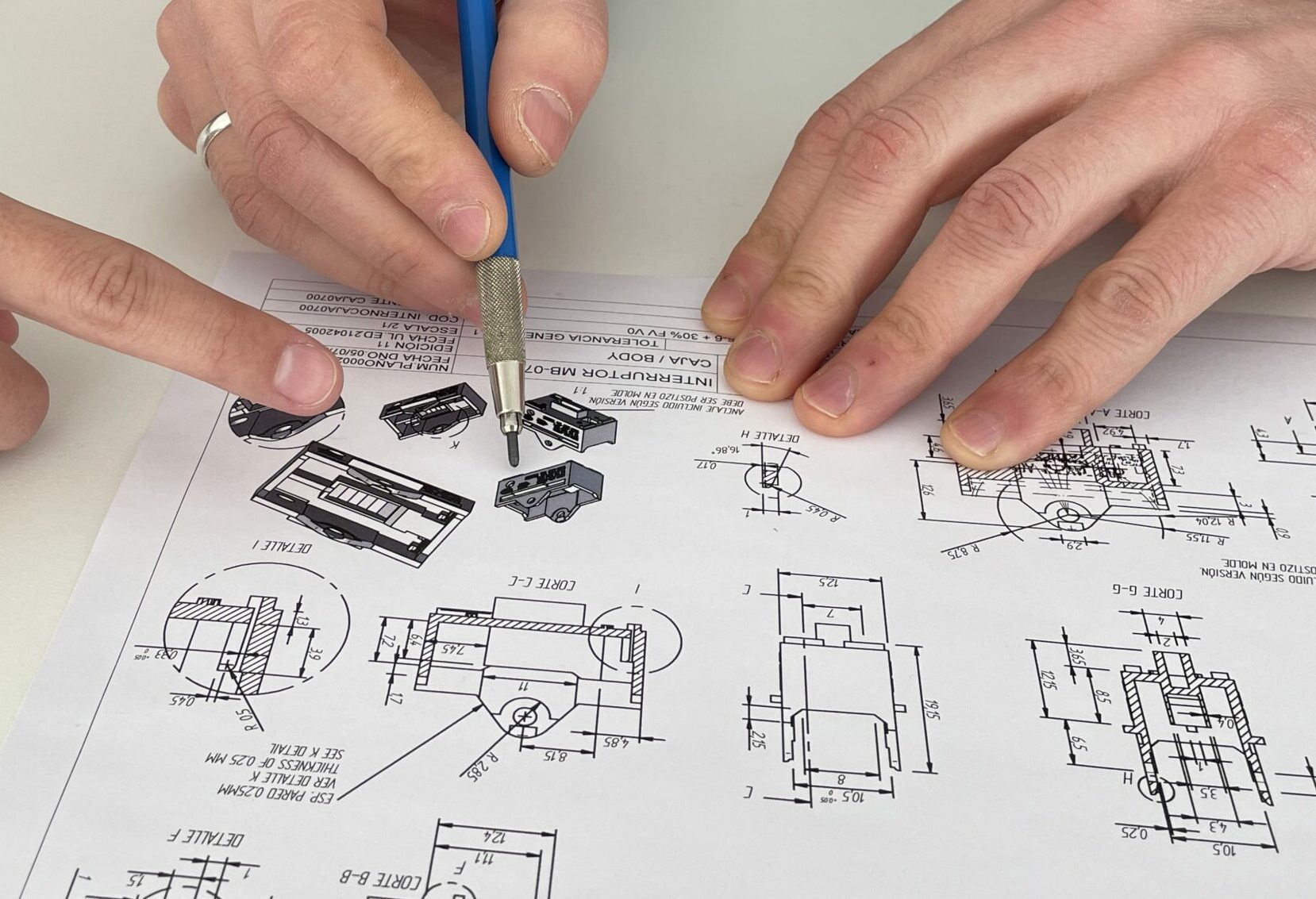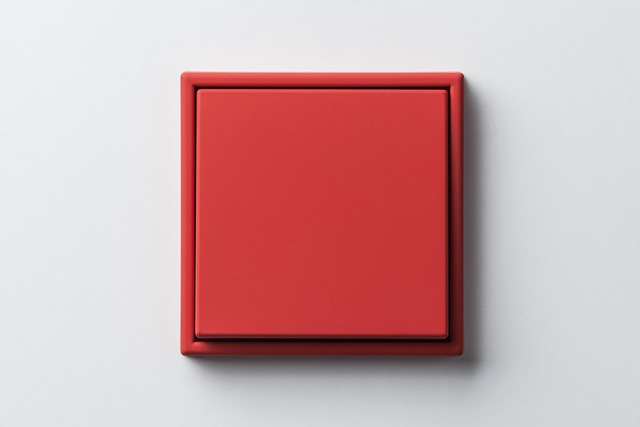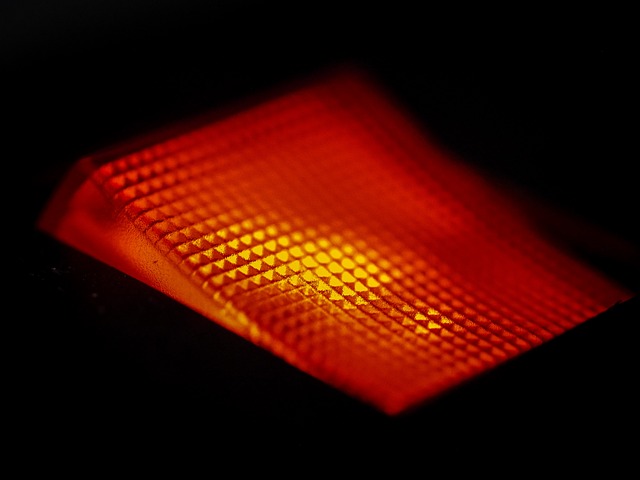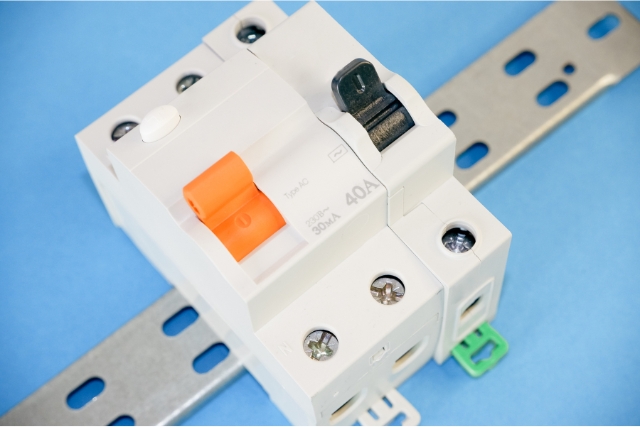The question "What is a push button?" commonly appears in any technical context related to…

What are the differences between switches and commutator?
In the fascinating world of electricity, professionals come across terms that, to many, may seem interchangeable. This occurs, for example, in the case of switches and switches, as they are concepts that commonly cause confusion. In this article, their mysteries will be unraveled and their essential differences classified.
What is a switch?
Switches are fundamental electrical components that allow or interrupt the flow of current in a circuit. They are known for being simple and straightforward, since a basic switch has only two positions: on or off. Due to their usefulness, these elements are found in homes, factories or offices to control lighting and appliances.
In addition, they can be found with different designs, even in metal, to ensure that each user finds the product that best fits their needs and tastes.
How many wires does a switch have?
A key detail to keep in mind is knowing how many wires a switch has. The most common are single pole single throw (SPST), meaning they have a single set of contacts that opens or closes. However, there are more complex variants, such as three-way switches (SPDT), which are used in situations where you want to control a light from two different locations.
What is a commutator?
Commutators on the other hand, are more versatile devices that allow for multiple configurations in one circuit. A crossover switch is a prime example of this versatility. This type of commutator is used in situations where many control points are needed for a single device.
Main types of commutators
When we delve into the field of commutators, we find a range of possibilities that goes far beyond the basic on and off function, as is the case with the switch. This section will go into explaining the characteristics of the different types, breaking down the peculiarities and specific applications of each variant.
- Step commutator: This item allows control from multiple locations and can have electrical connections with more than two connection points in a circuit. This is especially useful in situations where a light needs to be turned on or off from three or more different points within a room or hallway. The versatility of switches with multiple connection points offers design flexibility and functionality in electrical systems.
- Crossover commutator: Essential for more complex setups, allows you to control a device from three or more locations.
- Double pass commutator: This type allows for two different control points.
Similarities and differences between switch and commutator
As we have said, switches have a simple on or off function. Commutators provide more versatility in control and are capable of offering more advanced configurations. However, despite their differences, they share certain similarities, since both fulfill the basic function of controlling the flow of electricity in a circuit.
In conclusion, it is essential to know the difference between switches and commutator to obtain satisfactory electrical results. Likewise, it is important to rely on professional companies.



